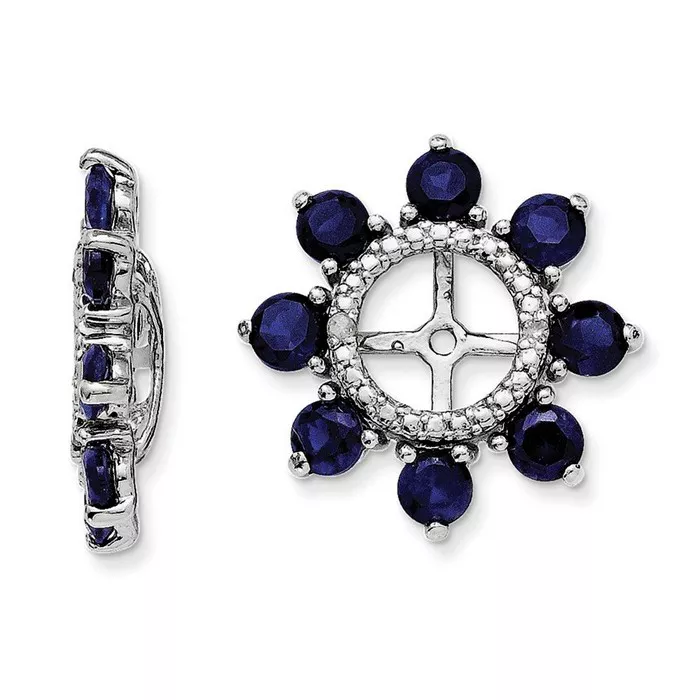Earrings, as accessories, have long served as markers of personal style and cultural significance. Beyond mere adornment, they often carry deeper meanings, varying across different societies and historical contexts. Among the many questions surrounding earrings, one commonly asked is: What does an earring in the left ear mean? Unveiling the symbolism behind this choice involves delving into cultural traditions, fashion trends, and even gender identity expressions.
Understanding the Historical Context
To comprehend the significance of an earring in the left ear, it’s crucial to explore its historical roots. Throughout history, earrings have been worn by both men and women, with their meanings evolving over time. In ancient civilizations such as Egypt and Mesopotamia, earrings were symbols of wealth, social status, and even spiritual beliefs. They were often crafted from precious metals and gemstones, adorning the ears of royalty and elites.
Gender and Identity
One of the earliest associations with earrings in Western culture is the notion of gender differentiation. In many societies, particularly in the West, wearing earrings was traditionally considered a feminine practice. Men who wore earrings were often seen as defying societal norms, challenging perceptions of masculinity. However, as societal attitudes shifted over the decades, earrings became more widely accepted as unisex accessories.
In the realm of LGBTQ+ culture, the left ear has been historically linked to a specific message. In the 1980s and 1990s, during the height of the AIDS crisis, a pierced left ear was sometimes associated with homosexuality, particularly in the context of the “gay ear” or “earring code.” While these associations were not universally recognized, they illustrate how earrings can serve as symbols of identity and community within marginalized groups.
Fashion Trends and Subcultural Signifiers
Fashion trends play a significant role in determining the meanings attached to earrings, including which ear they are worn on. In the 1980s and 1990s, for example, the left ear became associated with rebelliousness and nonconformity. This era saw the rise of punk and grunge subcultures, where asymmetrical fashion choices, including earrings worn exclusively on one side, were prevalent.
Similarly, in the world of hip-hop culture, earrings have been symbols of wealth, success, and street credibility. While there are no strict rules regarding which ear to pierce, some individuals within the hip-hop community have chosen to wear earrings predominantly in the left ear as a nod to its historical associations with rebelliousness and authenticity.
Regional and Cultural Variations
The meanings attributed to earrings, including which ear they are worn on, can vary significantly across different regions and cultures. In some parts of Asia, for instance, the left ear may be associated with specific superstitions or cultural practices. In India, wearing earrings in the left ear has traditionally been linked to Ayurvedic beliefs, with some practitioners suggesting that it can have therapeutic benefits.
In African cultures, earrings hold diverse meanings depending on the ethnic group and region. Among the Maasai people of East Africa, for example, earrings are symbols of beauty, identity, and social status. While there may not be specific associations with the left ear in every African culture, the act of wearing earrings itself often carries cultural significance.
Modern Interpretations and Personal Expression
In contemporary society, the meanings behind earrings, including their placement, have become increasingly fluid and subjective. With the rise of body positivity and self-expression movements, individuals are empowered to wear earrings however they please, regardless of societal norms or stereotypes. For many, earrings serve as extensions of their personalities, allowing them to express their unique tastes and identities.
In the realm of body modification, including ear piercing, the left ear may simply be a matter of personal preference or aesthetics. Some individuals may choose to pierce their left ear as part of a larger ear-styling arrangement, such as multiple piercings or cartilage adornments. In these cases, the placement of the earring holds no specific symbolic meaning beyond the individual’s stylistic choices.
Conclusion
The symbolism of an earring in the left ear is multifaceted, drawing from historical, cultural, and personal contexts. While it may have once carried specific connotations related to gender, sexuality, or subcultural affiliation, its meanings have evolved over time. Today, wearing an earring in the left ear can signify anything from fashion-forwardness to personal expression to cultural identity. Ultimately, the significance lies not in the ear it adorns but in the individual who wears it and the stories they carry with them.

